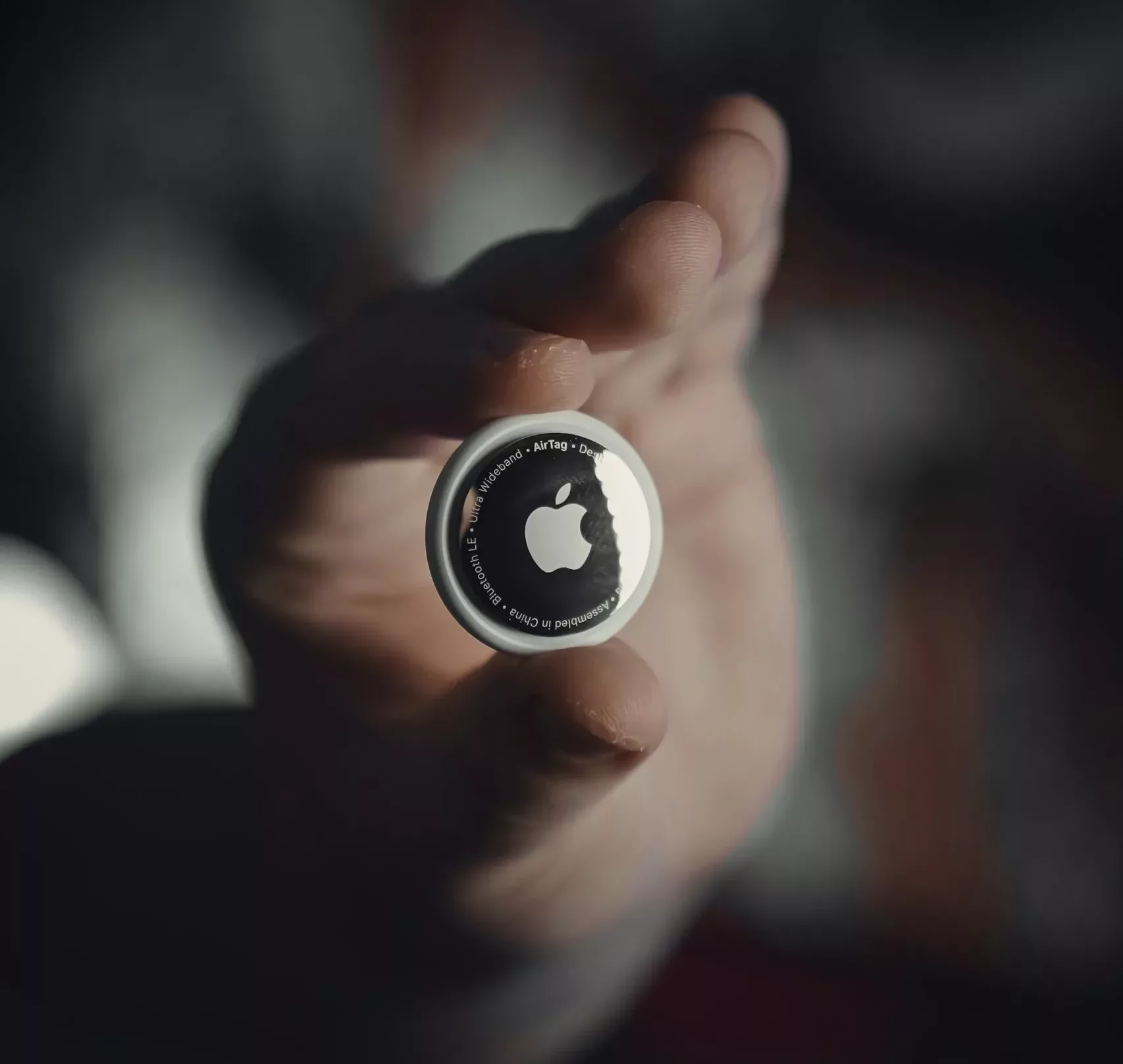Apple Inc. has faced numerous challenges under CEO Tim Cook, but the latest hurdle might be its toughest yet: catching up in the generative AI race. While the tech giant was a pioneer in AI with the launch of Siri in 2011, it now finds itself lagging behind industry leaders like OpenAI and Google. To remain competitive, Apple needs to significantly evolve its strategy and embrace new technological advancements.
Apple’s AI Dilemma: A Game of Catch-Up
Apple’s introduction of Siri positioned it as a frontrunner in AI. However, competitors have surged ahead, leaving Apple trailing by a significant margin. CEO Tim Cook, who has successfully navigated the company through various crises, now faces the monumental task of steering Apple through the AI revolution. Despite its early start, Apple is metaphorically down by 20 points in the first quarter of this high-stakes game.
OpenAI and Google have emerged as AI superstars, continually enhancing their technologies and expanding their lead. Apple’s primary goal is to avoid being left behind in its own arena. Despite having substantial resources, talent, and a robust platform, Apple must rethink its AI strategy to regain its competitive edge.
The Need for a Strategic Shift
Apple’s current AI features, including Siri, are hampered by its stringent privacy policies and an emphasis on on-device processing. While these measures prioritize user privacy, they also limit the functionality and effectiveness of Apple’s AI offerings.
Fortunately, Apple has the chance to revamp its approach. The upcoming Worldwide Developers Conference (WWDC) on June 10 will see the unveiling of new generative AI features. Apple plans to introduce services powered by both on-device large language models and cloud-based solutions. High-end Mac chips will be integrated into data centers to enhance these online features, signaling a strategic shift towards more robust AI capabilities.
Enhancing Siri and AI Features
One of the critical changes will be improvements to Siri’s voice capabilities, making interactions more conversational and intuitive. Apple will also introduce features aimed at enhancing user convenience, dubbed “proactive intelligence.” These updates include auto-summarizing notifications, synopsizing news articles, transcribing voice memos, and refining calendar and app suggestions.
Moreover, Apple plans to enhance photo editing with AI-based features, though these updates may not surpass what is already available in software like Adobe’s apps. Notably absent from Apple’s lineup is a chatbot akin to ChatGPT, as its generative AI technology is not yet advanced enough for such applications. Despite internal resistance, Apple acknowledges the consumer demand for chatbots and is partnering with OpenAI to integrate its technology into iOS 18.
The Path Forward: Building Its Own Chatbot
While the partnership with OpenAI is a step forward, it is not a long-term solution. To truly excel in AI, Apple will need to develop its own chatbot and integrate it deeply into its ecosystem. Discussions with Google to license its Gemini AI for iOS 18 have yet to yield an agreement, further emphasizing the need for Apple to develop in-house solutions.
Apple has also explored the possibility of creating its own search engine, potentially with enhanced privacy features. This move would align closely with its AI ambitions and reduce dependency on Google, from which Apple currently receives significant revenue for making Google the default search engine on its devices.
Staying Competitive: Speed and Innovation
One of the main advantages of competitors like OpenAI and Google is their speed of innovation. They continually improve their AI technologies, keeping users engaged with cutting-edge features. Apple, on the other hand, typically releases major updates annually, which could hinder its ability to keep pace with rapid advancements in AI.
To address this, Apple is accelerating its hardware upgrades. The new iPad Pro, equipped with the M4 chip, promises enhanced AI processing capabilities, and similar upgrades are planned for the entire Mac lineup by 2025. The iPhone 16 Pro, expected in September, will also feature significant AI enhancements.
Bridging the iPad and Mac Gap
Apple’s attempt to distinguish the iPad from the Mac has been a double-edged sword. While the iPad Pro boasts superior hardware, its software lags behind. Conversely, the Mac lacks touch screen capabilities and the high-quality display of the iPad Pro. To fully capitalize on both devices, Apple should allow the iPad to run macOS apps and integrate a touch screen and OLED display into the Mac.
New AirTag and Vision Pro Expansion
In other developments, Apple is preparing to release a new version of its AirTag tracker, featuring improved location tracking and potentially better battery life and speaker quality. The company is also banking on its Vision Pro headset’s success in Asia, where virtual reality has a more established market. Apple is training retail staff overseas to support the product’s launch in countries including China, Japan, and South Korea.
WWDC 2024: A Crucial Event
The upcoming WWDC 2024, set for June 10-14, is poised to be a pivotal event for Apple. The conference will showcase iOS 18 and new versions of software for the iPad, Apple Watch, Vision Pro, and Mac. With AI playing a central role, Apple aims to demonstrate its renewed commitment to innovation and technology.
In conclusion, Apple’s ability to adapt and innovate in the AI space will determine its future success. By embracing new strategies and technologies, Apple can reclaim its position as a leader in the tech industry and meet the evolving demands of its users.
More News: Technology News


